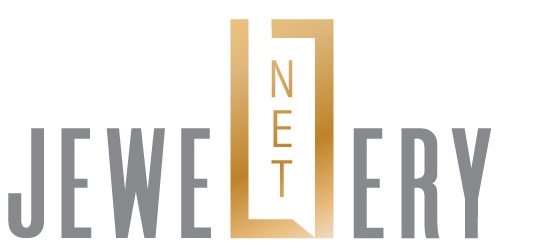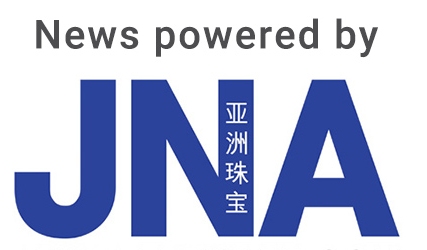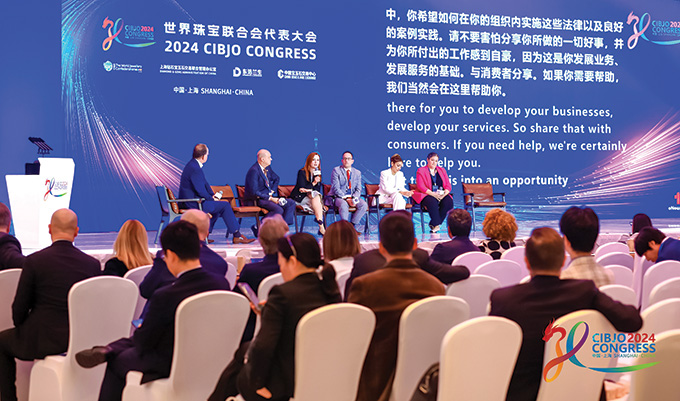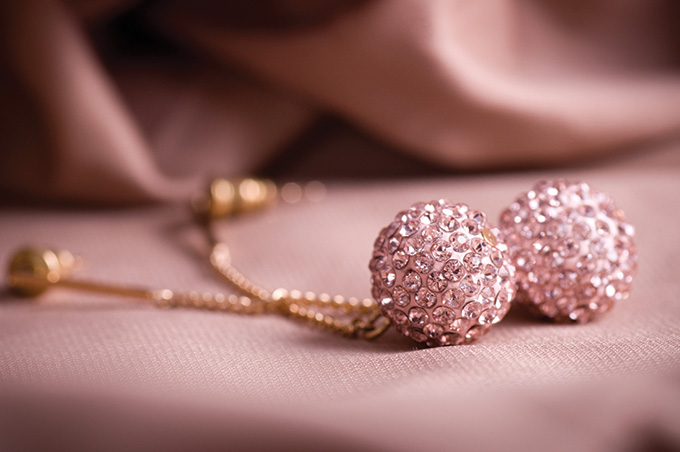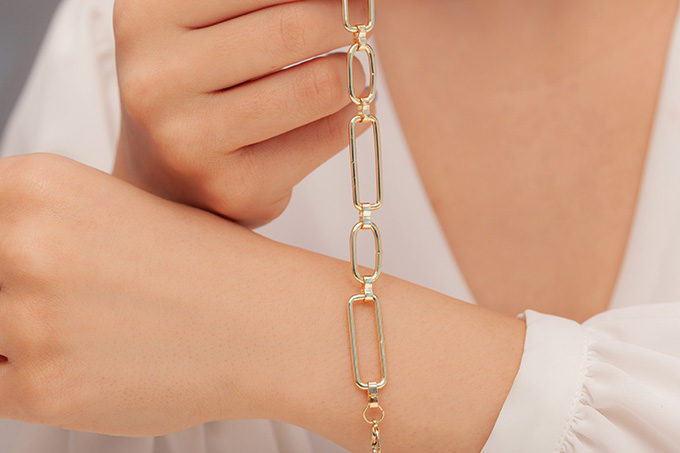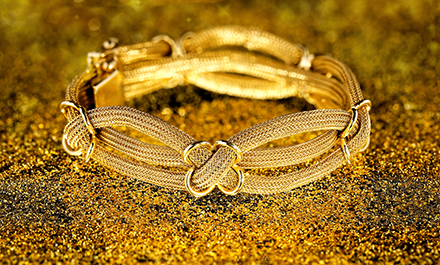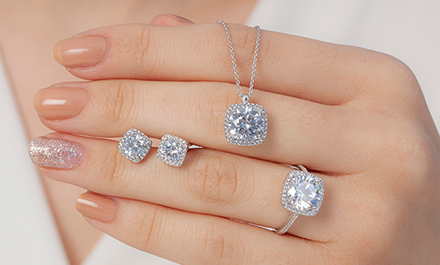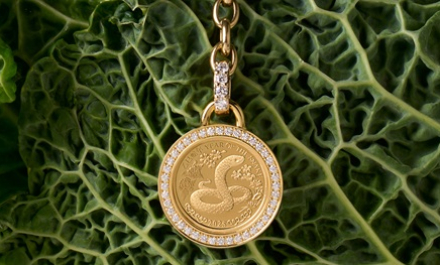While challenges remain in 2025, the gem and jewellery industry is cautiously optimistic of a gradual return to normalcy following the heady highs and extreme lows during and since the pandemic. As the trade pivots to new markets and fresh initiatives to sustain growth, it is laying the groundwork too to safeguard consumer confidence, which underpins its success and future.
This article first appeared in the JNA January/February 2025 issue.
In the wake of a turbulent year marred by geopolitical pressures, economic instability and low consumer sentiment, industry players are keeping a wary eye on 2025 while remaining hopeful for slight upturns.
Challenges remain, but the trade is spotting green shoots in the form of promising emerging markets, greater economic stability and inspired strategies.
Heightened government and consumer scrutiny is likewise leading the gem and jewellery industry to address issues of sustainability, nomenclature and responsible marketing, among others.
Diamond supply
The diamond trade, which faced extremely trying conditions in 2024, is seeing some light at the end of the tunnel. Market conditions are improving, according to World Federation of Diamond Bourses (WFDB) President Yoram Dvash, who expects the diamond market to show signs of recovery in the second quarter of 2025.
Unlike the surpluses that led to price and inventory concerns in 2024, supply has stabilised somewhat and there are even shortages in certain goods. Indian manufacturers reduced their production by 40 to 50 per cent last year, helping to facilitate supply corrections.
“Among the main factors that will affect the diamond trade in 2025 is the supply of rough. If mining companies and the producing countries continue to control the supply and do not throw large amounts of rough diamonds into the market, this will have a positive impact,” Dvash shared.
Market prospects
Much however hinges on Chinese demand, which De Beers Group Executive Vice President, Diamond Trading Paul Rowley cites as the biggest factor currently affecting the diamond industry. All parties admit recovery there will take longer than anticipated. For one, marriage rates in China have remained low since the pandemic, impacting tremendously on the bridal business, said Rowley.
Recent initiatives to rekindle desire for natural diamonds in China are projected to bear fruit this year. The WFDB and the Shanghai Diamond Exchange (SDE) have collaborated on a series of videos to drum up consumer interest in diamonds. According to Dvash, SDE is also beginning a marketing campaign for natural diamonds. This will join existing promotional efforts by De Beers and the Natural Diamond Council (NDC) to appeal to younger consumers.
The slump in Chinese demand for diamonds has led industry stakeholders to train their sights on alternative consumer markets.
India has emerged as a strong contender, driven by a middle class that is showing a greater appetite for diamonds. Rowley said natural diamond demand in India has increased by 30 to 40 per cent in the last two to three years since Covid.
“We see future growth potential there because the economy is booming, perhaps owing to the slowdown in China,” he explained. “Investment has moved in, and the country’s growing middle class is looking at diamonds differently. Aside from traditional jewellery, there are opportunities to sell diamonds for fresh, inventive designs in India.”
Dvash also observed the rise in Indian consumption of diamonds in recent years, despite the market’s usual emphasis on gold jewellery. Since there is a tax on import of polished diamonds, the Indian market is almost exclusively being supplied by local manufacturers, he added.
The US is likewise returning to form for De Beers. Rowley anticipates higher levels of natural diamond restocking among retailers this year. Also showing growth for De Beers are Japan and Southeast Asia, but Rowley admits the latter is a smaller market that cannot compensate for losses in China. And neither can India for that matter, he noted.
“We are looking at alternative markets to sustain momentum until Chinese demand returns, which we hope will be soon,” Rowley continued.
Gradual recovery
For Dvash, the biggest challenge to the industry is the overall lack of excitement among younger generations for natural diamonds.
“These consumers have not been exposed to generic campaigns extolling natural diamonds as symbolising eternal love, something that was clear to older generations. We hope that the industry will begin to correct this by unifying behind ongoing generic campaigns over time,” explained Dvash.
To his mind, at least five years of intensive marketing campaigns are needed to bring about a major change in consumer attitudes. Trade associations’ recent discussions on contributing to the NDC’s funds for category marketing could be one step in that direction.
Greater economic and geopolitical stability will bode well for the diamond trade too. Dvash said, “We are hopeful that with the new US administration, there will be an end to the war in Ukraine and in the Middle East. This will have a calming effect on the market, and we hope to see a continued decline in interest rates.”
Rowley sees a gradual return to normalcy for the diamond trade, driven by a good restocking period into the future. He said, “Early signs look promising; these will bring back the momentum of the natural diamond industry. It will not be a quick jump to growth or a hockey-stick recovery. There will be a gradual improvement of consumer demand levels for diamonds, which will bring back the momentum and stability of the natural diamond business.”
Lustrous demand
Pearls, for their part, are winning over more markets and tapping different consumer segments.
The Japan Pearl Exporters’ Association (JPEA) is looking to further diversify the market for Japanese Akoya pearls this year. According to JPEA President George Kakuda, demand from China was extremely strong in the years after the pandemic, but new markets are exhibiting strong potential.
“In recent years, buyers from other areas such as the US, Europe and India have shown greater interest in Japanese Akoya pearls. These are serious buyers that are willing to pay a premium for these goods,” he said. “They appreciate our consistency of supply and quality, which are our main competitive advantages in the market.”
Golden South Sea pearl specialist Jewelmer is just as optimistic about growth opportunities this year.
CEO Jacques Christophe Branellec is seeing solid progression in the company’s customer base in the US again as well as an increasing appreciation for the golden South Sea pearl globally. Asia and China are performing well for the company, and emerging markets such as India and Africa are rich in possibilities.
He anticipates continued interest in pearls this year, particularly due to the sustainability aspect of South Sea pearls that resonates with younger generations.
“These consumers are really coming out in force now, especially in Asian countries where we have a very young demographic,” Branellec shared. “A lot of the young workforce are getting their first paychecks or promotions. The pearl is truly a gem that can cater to this younger generation and their search for gems that really have an intrinsic ethical and sustainable story.”
Peter Bracher, executive director of Paspaley Pearling Co, is likewise confident of a return to strength in the market this year. He noted that general uncertainties that plagued the gem and jewellery industry in 2024 such as political conflicts and economic turmoil have been largely settled, setting the stage for growth amid a shortage of goods.
For Paspaley, growth includes international expansion of its pearl jewellery retail brand. Last year, it returned to the global retail scene by entering the US market through Lux Bond & Green stores, among other retailers.
“We previously had a presence in Hong Kong but had challenges hanging on to our leases. We had to close our Hong Kong operations and focused on Australia for the last 10 years,” Bracher explained. “We have been in Australia retail for 30 years now and spent the last 10 just strengthening that business. We are now ready for international expansion.”
The company intends to concentrate on the US market first, growing organically and positioning itself as the top Australian South Sea pearl brand.
Gem balance
Coloured gemstones are also in for a relatively better year, with demand outstripping supply for certain variants and qualities. High-end coloured stones are particularly sought after and difficult to source, said Charles Abouchar, president of the Coloured Stone Commission of the World Jewellery Confederation (CIBJO). “Meanwhile, due to the economic situation, medium and low-end stones are under pressure because the market is weak,” he continued.
Vitalit Co Ltd Owner Sasha Golokoz concurred, noting that the market for midrange stones has become stagnant. Expensive good-quality stones will always be in demand, while buyers that used to purchase medium-range stones are downgrading to lower-end material, she explained.
Here too, the slowdown in Chinese buying activity has dented business, prompting suppliers to explore other growth avenues.
Vitalit is resorting to consignment of coloured gemstones with dealers in Germany and India to seek new revenue streams, according to Golokoz. Corundum specialist Ploy Center Co Ltd caters primarily to the US and Europe. Its clients’ orders however depend largely on demand from their Chinese customers thereby impacting sales, revealed Managing Director Suwatchai Chuabanlue. He is now seeking a greater foothold in the Middle East market, where bigger, lower-quality stones are generally preferred.
Another significant challenge in the coloured gemstone industry is the number of new treatments in the market, said Abouchar. “A lot of treatments today are, for the moment, undetectable. As long as you cannot detect it, you cannot say that the coloured gemstone is treated. It makes for a certain uncertainty,” he remarked.
Terminology
Beyond market forces, there are compelling endeavours to safeguard the bedrock of the industry’s success: Consumer confidence.
At the CIBJO Congress 2024 in Shanghai, China last November, speakers and panellists brought into sharp focus the urgency of sustainable development, the impact of regulatory frameworks and geopolitics, and the importance of standard nomenclature and full disclosure, among others – all issues with a profound effect on the gem and jewellery trade moving forward.
CIBJO’s Supply Chain Nomenclature Committee is working to develop a standardised list of terms that describe products, sources and processes in the jewellery supply chain, along with their definitions.
It is examining nomenclature used in business claims around responsible and ethical business practices, such as terms describing origin, source and provenance. Furthermore, with new consumer protection legislation expected to emerge in the coming years, having the right nomenclature to make business claims along the jewellery supply chain is critical.
Committee Coordinator and De Beers Group Head of Ethical and Sustainable Value Chains Purvi Shah said, “Consumers are more and more able to access and process information. If the claims we make do not seem credible, we are going to lose that confidence very quickly. We are also in a cancel culture, and that reputational impact will take a very long time, if at all, to earn back that trust.”
The following terms are being reviewed and drafted, with consultation expected in the first quarter of 2025. Business claims terms are responsible business practices; ethical business practices; and sustainable business practices. Sourcing terms are responsibly sourced; ethically sourced; and sustainably sourced. Tracing terms are chain of accountability; chain of custody; traceability; and transparency. Origin, source and provenance terms include newly mined; artisanally mined; recovered through large-scale mining; recycled gemstones; grandfathered/legacy material; antique jewellery; and vintage jewellery.
The committee also discourages the use of these terms: Eco-friendly, environmentally friendly; biodegradable; green/’greener’ material; and energy-efficient/energy-smart jewellery.
